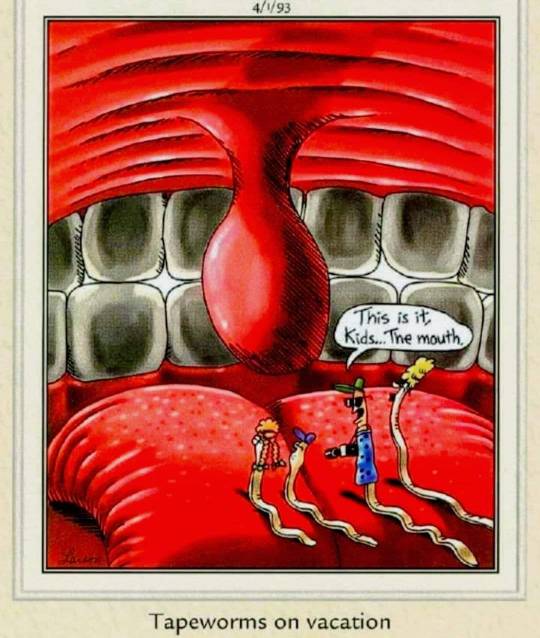#Tapeworms
Text

The alternation of hosts in a fish tapeworm (Dibothriocephalus latus).
Grzimek's Animal Life Encyclopedia: vol. 1 - Lower Animals. Written by Dr. Bernhard Grzimek. 1974.
Internet Archive
260 notes
·
View notes
Text

FURTHER FOR THY SAKE, OPEN MY MOUTH AND SCREAM ALOUD WITH ME!
#will wood#will wood and the tapeworms#wwatt#wwattw#will wood fanart#my art#will wood art#eial#tapeworms#everything is a lot#gap#ghost and pals#reckless battery burns
32 notes
·
View notes
Text
Uncharismatic Fact of the Day
Tapeworms can be found in the digestive system of many animals, but ironically they don’t have a mouth at all! They absorb nutrients through a thick cuticle that runs along the length of the body; because of this, tapeworms also lack a digestive system and a circulatory system.
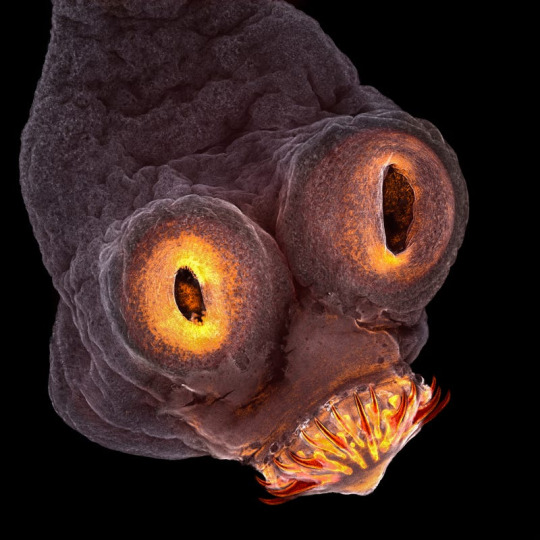
(Image: A portrait of a pork tapeworm (Taenia solium) by Tereza Zgoda)
If you like what I do, consider leaving a tip or buying me a ko-fi!
332 notes
·
View notes
Text
Taxonomy Tournament: Spiralia
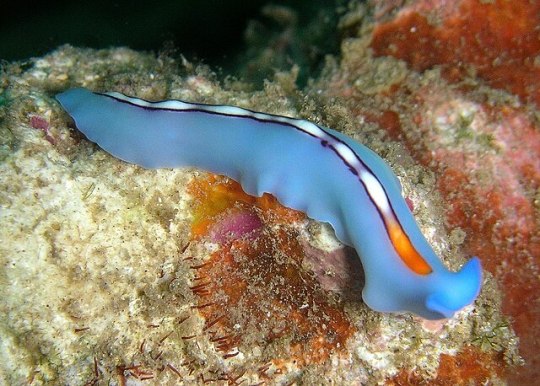

Polycladida. This order is made up of free-living marine flatworms, including the pseudoceros
Eucestoda. This subclass of flatworms is made up of tapeworms, internal parasites of vertebrates that live in the digestive tract
#animals#biology#polls#poll tournament#zoology#flatworms#worms#spiralia#human parasite#tapeworms#Polycladida#Eucestoda#0xev0x71
32 notes
·
View notes
Text
Poor guy got tape worms a little over a month back and lost over 15 pounds.
Some pretty TMI stuff in here! Left a little bit more at the end for you burp and flatulence people!😂
28 notes
·
View notes
Text
wiwo fans when

#wi wo#wee woo#lawyer like ace attorney#laws of thermodynamic (affective)#william woodigan#william woodland#william woodland and the intestinal parasites#mr wood#william woodlock#will wood meme#wi wo meme#tapeworms#eial (everything is a law of thermodynamic)#will wood#wwatt#will wood and the tapeworms#eial#everything is a lot#wwattw#ww
192 notes
·
View notes
Text

No tienen idea de lo mucho que amo a este hombre 😭😭😭😭😭💖💖💖💖💖
#will wood#will wood and the tapeworms#wwattw#mr capgras encounters a secondhand vanity: tulpamancer's prosopagnosia/pareidolia (as direct result of trauma to the fusiform gyrus)#Mr Capgras#will wood fanart#fanart#Tapeworms#tally hall#lemon demon#doodle#shayfer james#bear ghost#alternative music#dark cabaret#2012#in case i make it#self ish#love me normally#camp here and there#chnt
40 notes
·
View notes
Text

if I keep beating myself up
ill keep on winning the fight
#house#house md#housemd#willwood#will wood#and if i did you deserved it#tapeworms#bandedit#edit#photo#gifedit#complex edit#med
49 notes
·
View notes
Text
This extremely interesting article is locked behind a paywall, so I've... cracked open the page source for the lovely people of tumblr and re-transcribed the article. Have fun.
------------------------------------------------------------------------
Deep in the forests of Germany, nestled neatly into the hollowed-out shells of acorns, live a smattering of ants who have stumbled upon a fountain of youth. They are born workers, but do not do much work. Their days are spent lollygagging about the nest, where their siblings shower them with gifts of food. They seem to elude the ravages of old age, retaining a durably adolescent physique, their outer shells soft and their hue distinctively tawny. Their scent, too, seems to shift, wafting out an alluring perfume that endears them to others. While their sisters, who have nearly identical genomes, perish within months of being born, these death-defying insects live on for years and years and years.
They are Temnothorax ants, and their elixirs of life are the tapeworms that teem within their bellies—parasites that paradoxically prolong the life of their host at a strange and terrible cost.
A few such life-lengthening partnerships have been documented between microbes and insects such as wasps, beetles, and mosquitoes. But what these ants experience is more extreme than anything that’s come before, says Susanne Foitzik, an entomologist at Johannes Gutenberg University Mainz, in Germany, who studies the ants and their tapeworms. Infected Temnothorax ants live at least three times longer than their siblings, and perhaps much more, she and her colleagues report in a study published today in Royal Society Open Science. No one is yet sure when the insects’ longevity tops out, but the answer is probably in excess of a decade, approaching or even matching that of ant queens, who can survive up to 20 years.
“Some other parasites do extend life spans,” Shelley Adamo, a parasite expert at Dalhousie University, in Nova Scotia, who was not involved in the study, told me. “But not like this. Under typical circumstances, Temnothorax ants live as most other ants do. They reside in communities ruled by a single fertile queen attended by a legion of workers whose professional lives take a predictable trajectory. They first tend the queen’s eggs as nurses, then graduate into foraging roles that take them outside the nest. Apart from the whole freaky parasite thing, “they are pretty boring,” Foitzik told me.
Normalcy goes out the door, however, when Temnothorax larvae ingest tapeworm-egg-infested bird feces trucked in by foragers. The parasites hatch and set up permanent residence in the young ants’ abdomens, where they can access a steady stream of nutrients. In return, they offer their host an unconventional renter’s fee: an extra-long life span that Foitzik and her colleagues managed to record in real time.
The researchers spent three years monitoring dozens of Temnothorax colonies in the lab, comparing the fates of workers who’d fallen prey to the parasites and those who remained infection-free. By the end of their experiment, almost every single one of the hundreds of worm-free workers had, unsurprisingly, died. But more than half the parasitized workers were still kicking—about the same proportion as the colonies’ ultra-long-lived queens. “That was amazing to see,” Biplabendu Das, an ant biologist and parasite expert at the University of Central Florida, who wasn’t involved in the study, told me. And despite their old age, the ants’ bodies still bore the hallmarks of youth. They were difficult to distinguish from uninfected nurses, who are usually the most juvenile members of the colony’s working class.
The tapeworm-laden ants didn’t just outlive their siblings, the team found. They were coddled while they did it. They spent their days lounging in their nest, performing none of the tasks expected of workers. They were groomed, fed, and carried by their siblings, often receiving more attention than even the queen—unheard of in a typical ant society—and gave absolutely nothing in return.
The deal the ants have cut with their parasites seems, at first pass, pretty cushy. Foitzik told me that her team couldn’t find any overt downsides to life as an infected ant, a finding that appears to shatter the standard paradigm of parasitism. Even the colonies as a whole remained largely intact. Workers continued to work; queens continued to lay eggs. The threads that held each Temnothorax society together seemed unmussed.
Only when the researchers took a closer look did that tapestry begin to unravel. The uninfected workers in parasitized colonies, they realized, were laboring harder. Strained by the additional burden of their wormed-up nestmates, they seemed to be shunting care away from their queen. They were dying sooner than they might have if the colonies had remained parasite-free. At the community level, the ants were exhibiting signs of stress, and the parasite’s true tax was, at last, starting to show. “The cost is in the division of labor,” Das said. The worms were tapping into not just “individual [ant] physiology, but also social interactions,” Farrah Bashey-Visser, a parasitologist at Indiana University who wasn’t involved in the study, told me.
"Scientists think of social insects not as single bugs, but as interlaced parts of a giant “superorganism,” Manuela Ramalho, an ant biologist at Cornell University, who wasn’t involved in the study, told me. When one individual acts, others around it react; in a colony, no ant can truly act alone. Parasites of these communities automatically extend their reach to multiple animals at once, a rippling mind-control effect that spreads and amplifies the consequences of infection. Although the tapeworms had infected only a fraction of the Temnothorax workers, they were puppeteering the entire society.
That altered existence might play directly into the parasite’s hands. Tapeworms of these species can’t mature into adults and produce eggs until their ant host is consumed by a bird—a fate that insects in full possession of their faculties try to avoid. But ants who spend all their time lazing around the house make for easy prey; hosts who are pampered and long-lived have a high chance of surviving until they’re eaten. The worm’s most ingenious move might play out in some ants’ final moments, as they trade their natural fear of intruders for a dollop of ennui. When Foitzik and her students crack open infected Temnothorax colonies, the parasitized workers do little more than stare expectantly skyward. “Everyone else is just taking the larvae and running,” Foitzik said. “The infected workers are just like, Oh, what’s going on?”
Down to the molecular level, the parasite is pulling the strings. Sara Beros, Foitzik’s former doctoral student and the paper’s first author, told me she has split open Temnothorax abdomens and counted up to 70 tapeworms inside. From there, the worms can unleash a slurry of proteins and chemicals that futz with the ant’s core physiology, likely impacting their host’s hormones, immune system, and genes. What they achieve appears to be a rough pantomime of how ant queens attain their mind-boggling life span, a feat humans still don’t understand. (The tapeworms’ grasp of ant aging is far more advanced than ours.) The parasites are effectively flash-freezing their host into a preserved state—one that will up their own chances of survival, and help guarantee that their species lives on.
The worms’ MO is subtle and ingenious. They are agents not of disaster, but of an insidious social sickness that sets reality only slightly, barely perceptibly, askew. Infected workers get a taste of invincibility and status, swaddling themselves in youth and the benefits it brings. They also form resource sinks that sap the energy of those around them. They become echoes of the microorganisms they harbor. They are, in the end, parasites themselves.
------------------------------------------------------------------------
16 notes
·
View notes
Text
someone once threw a bee at me and it stung me on impact
7 notes
·
View notes
Text
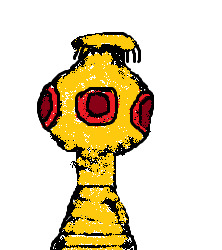
Pig tapeworm drawn in Paint.
4 notes
·
View notes
Text

The alteration of generations in the dog tapeworm (Echinococcus granulosus)
Grzimek's Animal Life Encyclopedia: vol. 1 - Lower Animals. Written by Dr. Bernhard Grzimek. 1974.
Internet Archive
183 notes
·
View notes
Text
cant believe people claim that they are “vegan” while drinking anti parasite medicine. you ate literally depriving a living being of food and shelter. if you were a true vegan you would leave that tapeworm IN
7 notes
·
View notes
Text
If you ever have butterflies in your stomach that means your tapeworms have been sufficiently fed that they built their cocoons and then completed their metamorphosis
Congratulation 🐛
#stupid thoughts#cursed#cursed thoughts#196#tapeworms#butterflies#butterflies in my stomach#the circle of life
6 notes
·
View notes
Text
Taxonomy Tournament: Spiralia
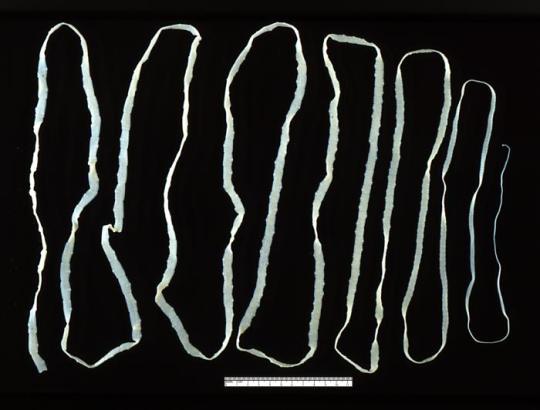
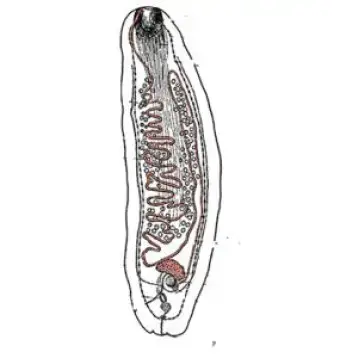
Eucestoda. This subclass of flatworms is made up of tapeworms, internal parasites of vertebrates that live in the digestive tract
Amphilinidea. Flatworms of this order are unsegmented parasites of turtles, fish and crustaceans
#animals#biology#polls#poll tournament#zoology#human parasite#tapeworms#worms#spiralia#animal parasite#Eucestoda#Amphilinidea#0x71v0x8e#animal tournament#Animal Tournament Round 1
31 notes
·
View notes
